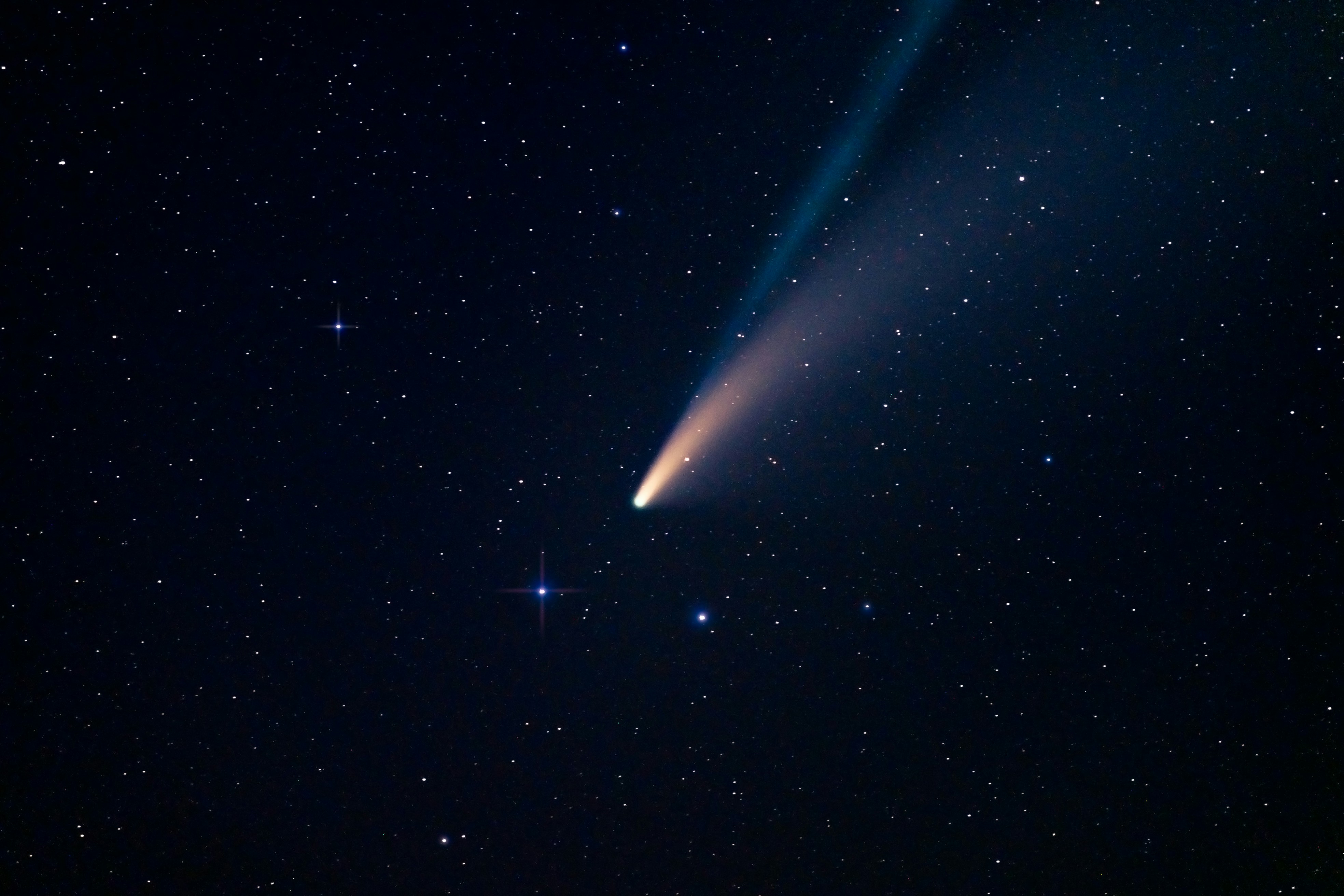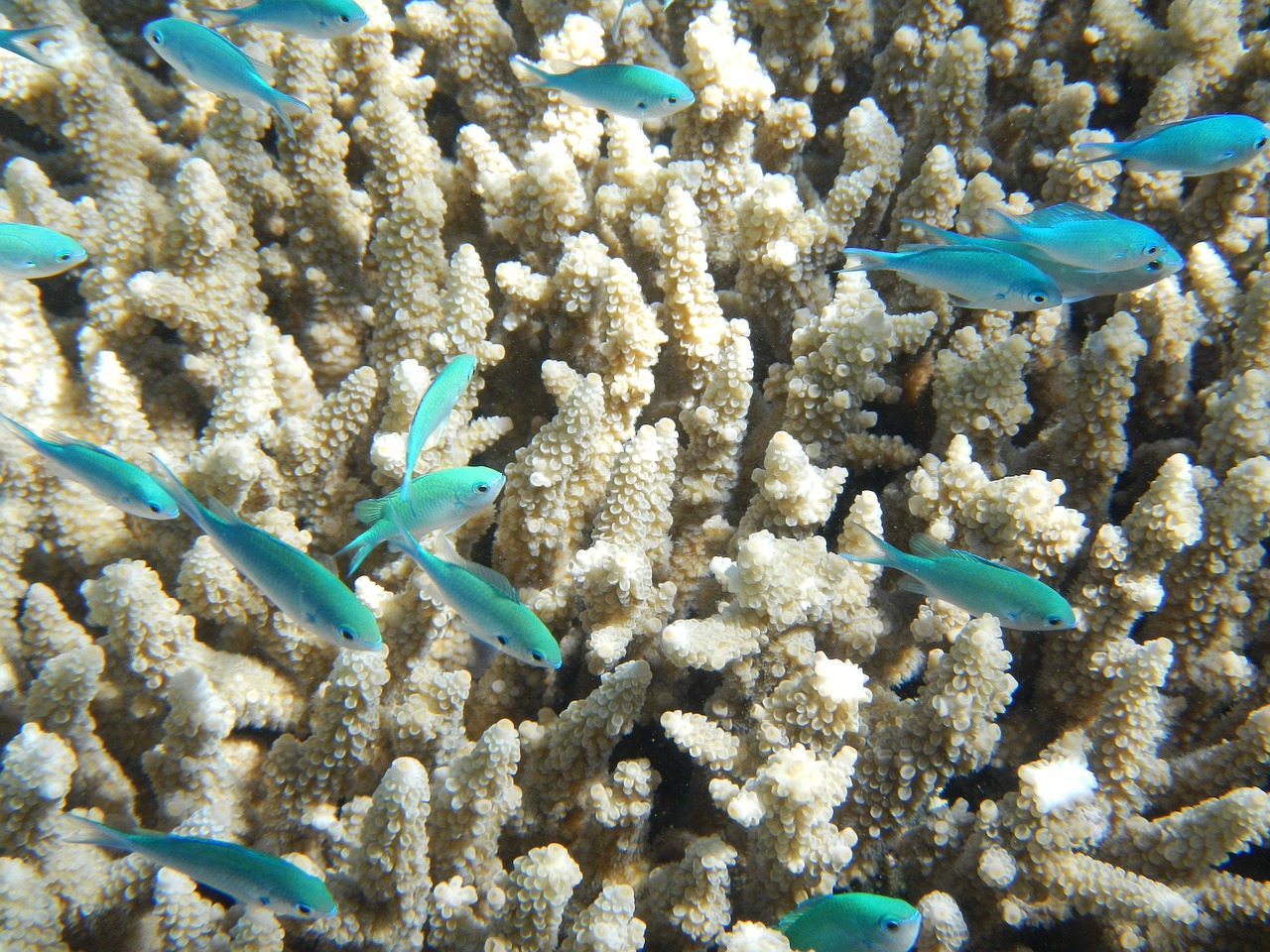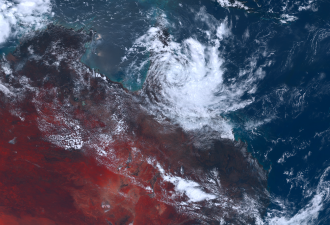-
Climate change could affect wine's microbial make-up
PLOS ONE
Climate change could impact the microbial make-up of wine, according to New Zealand researchers. Wine scientists from Lincoln University analysed the bacteria and fungi present during the fermentation of two organic Pinot noir batches from the same Read more about Climate change could affect wine's microbial make-up
New ZealandLincoln University|Manaaki Whenua - Landcare Research -
Radio waves can tune up bacteria to become life-saving medicines
Nano Letters
Scientists from Australia and the United States have found a new way to alter the DNA of bacterial cells – a process used to make many vital medicines including insulin – more efficiently than standard industry techniques, by using radio waves. Read more about Radio waves can tune up bacteria to become life-saving medicines
Australia; NSW; VICRMIT University|University of Wollongong|Swinburne University of Technology... -
High temperatures may immediately increase your risk of having a stroke
JAMA Network Open
A large study has shown that high temperatures, over about 33 degrees, immediately increase your risk of having an ischemic stroke. The Chinese study found that compared to temperatures of around 12 degrees, at 33 degrees there was an increased risk Read more about High temperatures may immediately increase your risk of having a stroke
InternationalFudan University, China -
Silencing a gene could lead to lowering our cholesterol
Nature
Italian researchers say they have been able to repress a gene that has a role in controlling cholesterol levels in mice, and they say they have been able to do this without permanently altering the genetics of the mice. As opposed to directly Read more about Silencing a gene could lead to lowering our cholesterol
InternationalIRCCS San Raffaele Scientific Institute, Milan, Italy -
More than one glass of soft drink a day could increase your risk of kidney disease
JAMA Network Open
Drinking more than one glass a day of sugar-sweetened drinks, or artificially sweetened drinks per day could increase your risk of developing chronic kidney disease, according to an international study of over 120,000 people. The study found people Read more about More than one glass of soft drink a day could increase your risk of kidney disease
InternationalYonsei University, South Korea -
Losing our tails and walking upright was worth the genetic risks
Nature
The same gene that made our ancestors lose their tails may also lead to spinal cord defects, according to a new study that altered mice DNA. Researchers suggest that whatever advantage we got from losing our tails (such as becoming bipedal) must Read more about Losing our tails and walking upright was worth the genetic risks
InternationalNew York University, Broad Institute of MIT and Harvard, Harvard University, Pennsylvania State University -
New JWST low-mass galaxy observations could help settle scientific debate about early universe origins
Nature
International researchers have made a major astronomical discovery, revealing that small galaxies are very likely at the origin of reionization – a crucial period in the early universe where neutral hydrogen transformed into ionized gas. Read more about New JWST low-mass galaxy observations could help settle scientific debate about early universe origins
Australia; VICSwinburne University of Technology -
EXPERT REACTION: Smoking down, vaping up, and 1 in 5 of us use drugs illicitly - Australia's National Drug Strategy Household Survey
The National Drug Strategy Household Survey 2022–2023
The Australian Institute of Health and Welfare (AIHW) have released the results from their National Drug Strategy Household Survey for 2022-2023, which outlines the attitudes and usage of tobacco, e-cigarettes and vaping, alcohol and illicit drugs Read more about EXPERT REACTION: Smoking down, vaping up, and 1 in 5 of us use drugs illicitly - Australia's National Drug Strategy Household Survey
Australia; NSW; VIC; QLD; SA; WA; TAS; NT; ACTAustralian Institute of Health and Welfare (AIHW) -
Climate extremes in Australia: new report analyses major events of 2023
Climate extremes in Australia were particularly intense in 2023 which saw a number of records tumble. Co-written by more than 30 of Australia’s leading climate scientists and researchers from the ARC Centre of Excellence for Climate Extremes, the Read more about Climate extremes in Australia: new report analyses major events of 2023
Australia; NSW; VIC; QLD; SA; TAS; NT; ACTARC Centre of Excellence for Climate Extremes (CLEx) -
Stop trying to raise the perfect child: new parenting book
Two University of the Sunshine Coast education experts are calling for more parents to 'ground' their children – but not as punishment for misdeeds. Their new evidence-based book Grounded aims to steer parents out of the stress of years of Read more about Stop trying to raise the perfect child: new parenting book
Australia; QLDUniversity of the Sunshine Coast










































